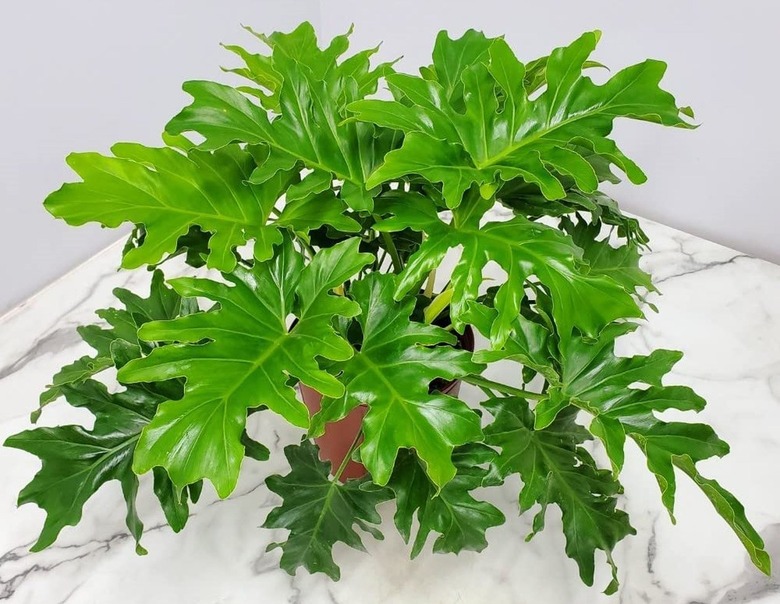How To Propagate Philodendron Selloum
We may receive a commission on purchases made from links.
Philodendron selloum, or tree philodendron, is the giant of the family, a tropical plant from South American rain forests that grows to 14 feet tall. This is the real split-leaf philodendron, with layers of deeply divided leaves in a rich, emerald green. Bring a little of the tropics to your backyard by propagating a few of these lush beauties.
Meet the Tree Philodendron
Meet the Tree Philodendron
The tree philodendron (Philodendron selloum) is a big, bold, beautiful plant. It is very large, sometimes getting to 15 feet tall with an equal spread. The tree philodendron grows a trunk over time, but it stays largely out of site since the leaves overlap one another in dense layers. Each individual leaf is deeply lobed and looks lacy, though not delicate, since each can grow to several feet wide.
These plants are obviously too large for small gardens but can be used in containers on the porch, patio, or by the pool. Potted versions have smaller leaves than those grown in the ground. The plant has outstanding ornamental value in a yard or garden and is well worth planting.
Care for the Tree Philodendron
Care for the Tree Philodendron
This tropical plant won't make it outdoors in cold, chilly, or even moderately cool weather. It grows well outdoors in U. S. Department of Agriculture plant hardiness zones 8b through 11, which means mostly Florida, California, and parts of Arizona and Texas. It prefers a site with dappled shade, but will grow in more sun or deeper shade if necessary.
As far as soil goes, the tree philodendron needs rich, moisture-retentive soil to thrive. It is moderately drought tolerant but does best with regular watering once the soil dries out. Perhaps the most important requirement for growing this beautiful philodendron is adequate space. It's easy to underestimate how big it gets.
Propagate the Philodendron Selloum
Propagate the Philodendron Selloum
Among the members of the philodendron clan that propagate readily from cuttings are the climbers, but the mighty tree philodendron and other nonclimbers are best propagated by either seeds or division of the offsets. These types of philodendrons form clumps of young "offsets" at the base of the plant.
To propagate, dig up or unpot the plant and divide the rootmass into several sections with a clean, sharp garden knife. Make sure there is a stem attached to each section. Once the division is done, transplant each section of plant into new planting areas or containers filled with moist potting soil.
